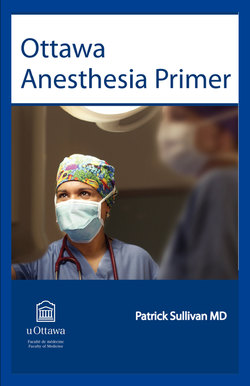Читать книгу Ottawa Anesthesia Primer - Patrick Sullivan - Страница 69
На сайте Литреса книга снята с продажи.
ОглавлениеMallampati Classification:
Mallampati et al. first correlated the ability to visualize the oropharyngeal structures with the ease of tracheal intubation with a direct laryngoscope. Their classification was later modified by Samsoon and Young to include four classes. To assign a “modified” Mallampati classification, the examiner should face the patient at eye level. The oropharyngeal structures are classified with the patient sitting upright, head in the neutral position, mouth opened as wide as possible, and tongue maximally protruded without phonating (Fig. 6.1). The structures to visualize include: the pharyngeal arches, uvula, soft palate, hard palate, tonsillar beds, and posterior pharyngeal wall. Technical difficulties with tracheal intubation may be anticipated when only the tongue and soft palate are visualized in a patient during this maneuver. The anticipated difficulty of intubation with direct laryngoscopy increases in relation to the increase in the oropharyngeal class number. For patients with a class I oropharyngeal view, adequate exposure of the glottis during direct laryngoscopy should be easily achieved.
Using this classification, we can predict that the trachea of a patient with a class 4 hypopharynx, a full set of teeth, a restricted thyromental distance, and restricted atlantooccipital extension will be difficult to intubate using direct laryngoscopy. Patients who have a restricted airway may require techniques other than direct laryngoscopy to secure an airway. Choosing regional or local anesthesia rather than general anesthesia is one way to avoid the need for tracheal intubation. Other airway management options include “awake” intubation with topical anesthesia, intravenous conscious sedation, or the use of a laryngeal mask rather than an endotracheal tube.
